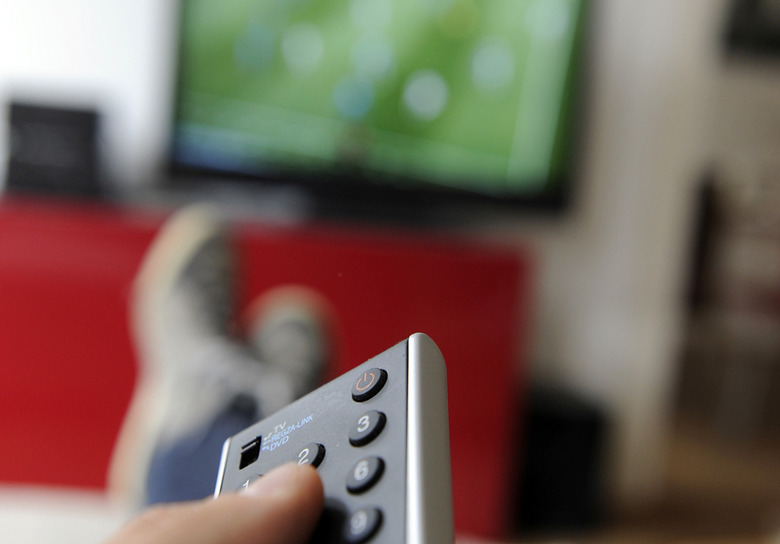Cable TV's Subscriber Losses In 2019 Dwarfed The Population Of Los Angeles
"The media industry is finally facing that long-feared moment of accelerating cord-cutting."
That's one of the it-should-go-without-saying highlights of a new research note published this week from Wall Street analyst firm MoffettNathanson, the big takeaway from which is that the cable TV industry continues its long, slow process of bleeding out thanks to being gutshot from cord-cutters. 2019, according to the new report, was another watershed year for the industry, with subscriber losses hitting 6 million over the course of the year — a decline of 7% compared to 2018.
We all know what's driving this trend. Cable service sucks. The prices are too high and keep rising. Customers are also constantly subjected to trickery, hidden fees, and other bits of subterfuge so that a dying industry can keep squeezing a little more money out of the customers who remain. There's also something else, though.
"The real change underfoot isn't about technology," the analysts write in the report. "It is about decoupling live from non-live entertainment." Which makes sense, doesn't it? How often do you sit down in front of the TV anymore to watch something live, at the moment it airs, outside of sports games? (Yes, I know — other exceptions include maybe award shows, breaking news events, and since this is an election year, everything from the debates to speeches and election night. All of that is not enough to sustain an audience for an entire year, though).
AT&T led the way during the year when it comes to customer losses, with a net loss of 1.16 million, according to the report. Comcast lost 149,000 customers, while Charter lost 101,000. And the losses keep mounting. Earlier this week, Dish reported a loss of 194,000 TV subscribers. To get an idea of how far the industry has fallen, MoffettNathanson's estimate is that Pay TV penetration plummeted from almost 88% of US households in 2009 to around 65% at the end of 2019.
The report does offer at least one prescription for the industry (beyond the admonition to, you know, stop sucking so hard). Media companies with associated TV networks need to "reassemble consumer spending in new digital products." An example of that would be what NBCUniversal is doing with the launch of its Peacock streaming service. Beyond that, they should own "the minimum number of must-have networks that have true pricing power to offset the falling volumes of video subscribers," while companies like ViacomCBS, the report continues, "are facing these headwinds with few long-term solutions."
